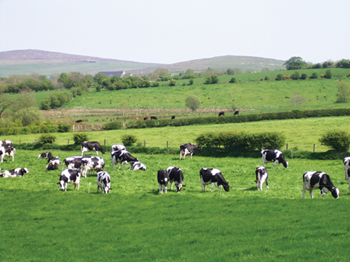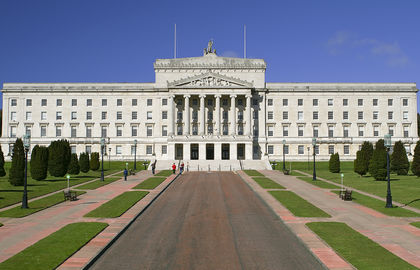In terms of education, Ireland has similar characteristics to the United States. For example, primary school is free and mandatory, whereas secondary education includes private, community, and vocational schools. Students may receive university education at two major schools in Ireland, the University of Dublin, and the National University of Ireland. Both schools have campuses around the country, as education is highly valued for the citizens of Ireland. Though the country's world literacy ranking has fallen to seventeenth in 2010, the government still strives toward more efficient schooling methods in order to create a more successful, maintainable economy.
By clicking here, we can even see the World Bank's development indicators for the country of Ireland. This information includes life expectancy, school enrollment, population, and GDP.
The following video is an NBC interview of a New York native who moved to Ireland two years ago, speaking on how the citizens of Ireland have reacted to the recent economic downturn. This video demonstrates how the economic status of a society can affect its residents' states of mind.
Sources
Boland, F., Edwards, R.W.D., Kay, S., Ranelagh, J. O., Abhinav, V., Albert, M., ... Young, G. (n.d.). Ireland. Encyclopædia Britannica. Retrieved from http://www.britannica.com/EBchecked/topic/293754/Ireland
Bridgetoofar2. (2009, March 20). Life in Ireland [video file]. Retrieved from http://www.youtube.com/watch?v=UKoVxm5QgaU
The World Bank. (2013). Ireland Data. Retrieved from http://data.worldbank.org/country/ireland




.jpg)
.jpg)


